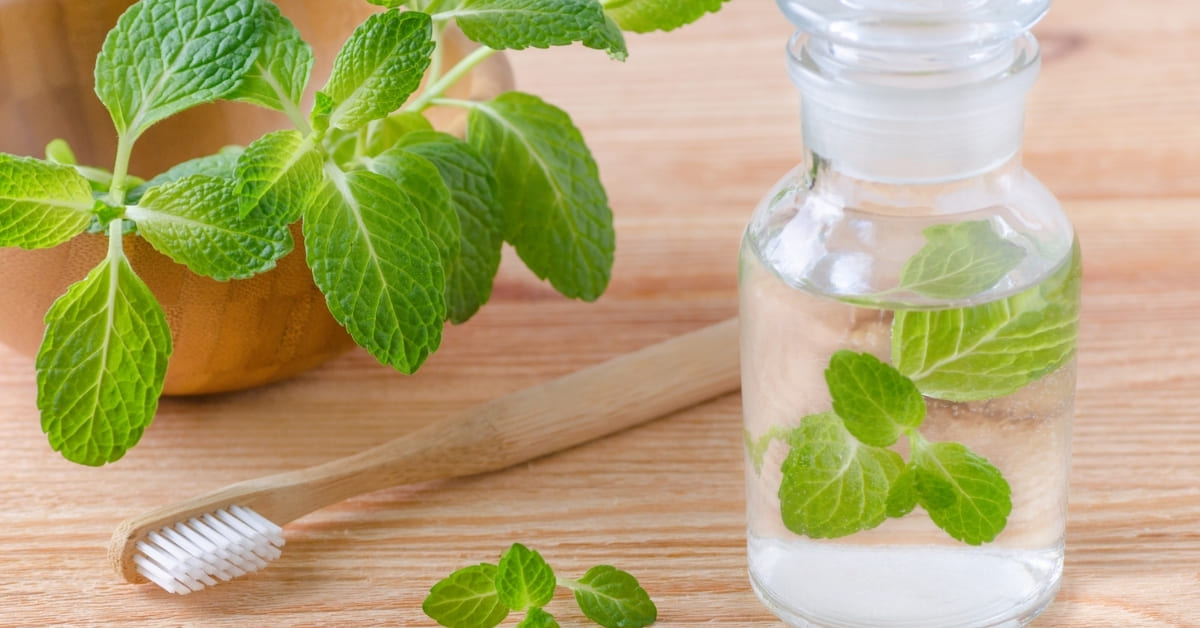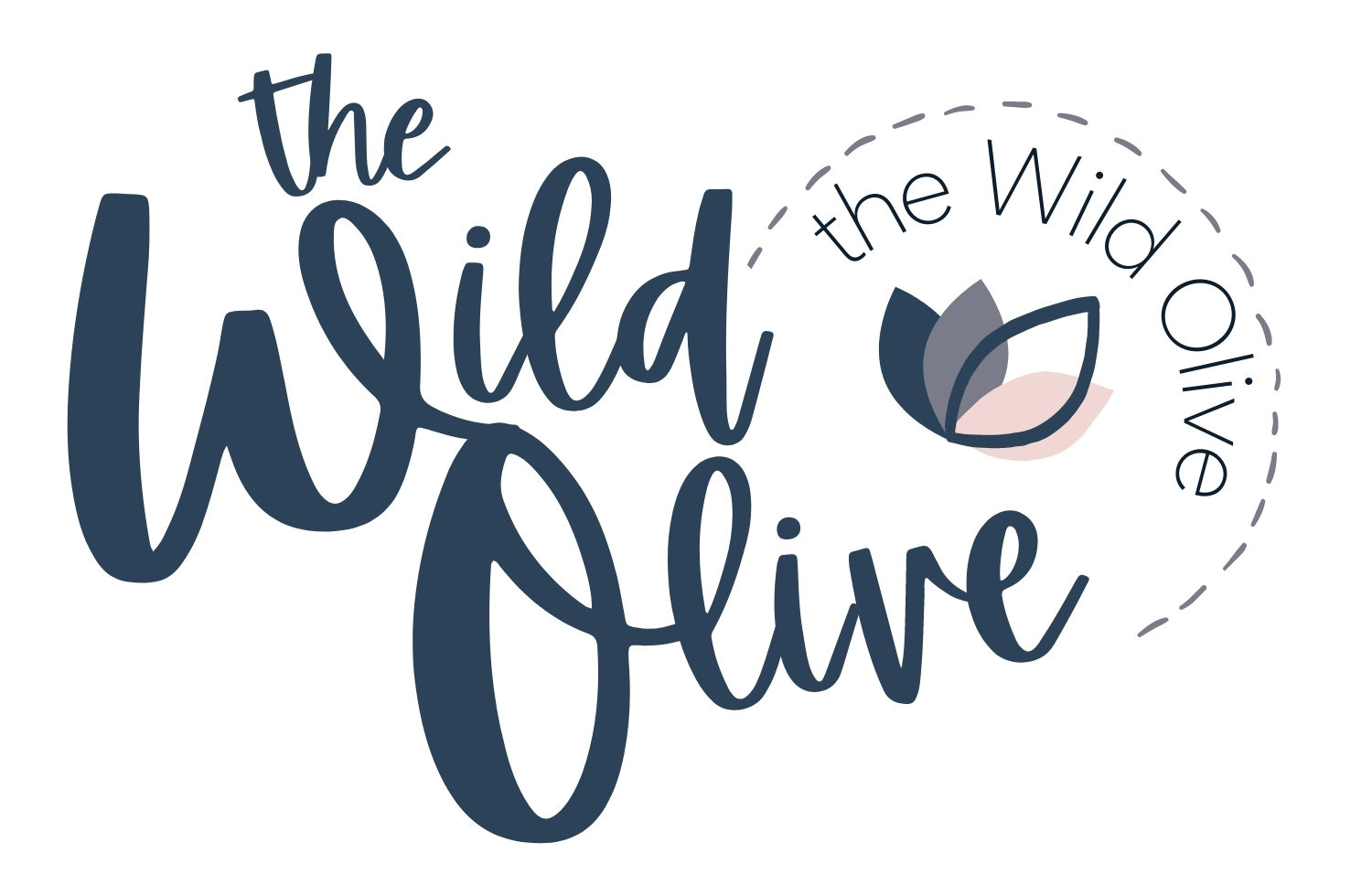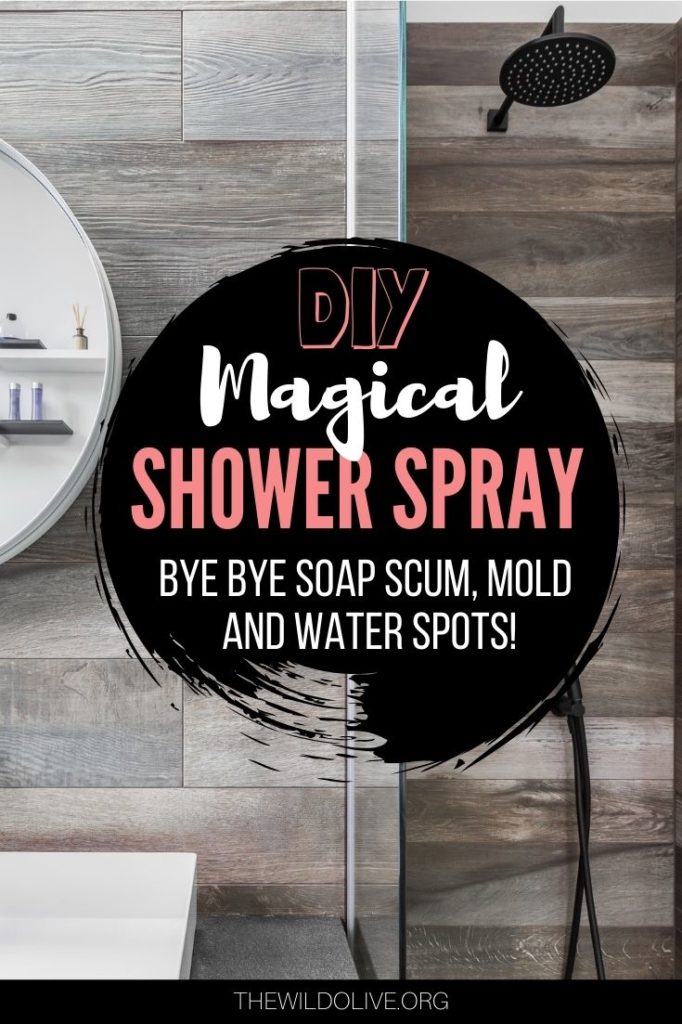Homemade Remineralizing Mouthwash

We all know how important it is to maintain healthy teeth and gums – not just for our oral health but also for our overall well-being. Because of some childhood illnesses and good ol’ genetics, my husband faces a lot of challenges to his oral health. You don’t know anyone who brushes, flosses, and rinses more than he does. For years he used multiple prescription products that were so harsh but really didn’t help much. That’s when I started researching ways to gently and naturally help him maintain the health of his teeth and gums. I discovered homemade remineralizing mouthwash a few years ago, and it’s now a regular part of our daily routine.
Homemade remineralizing mouthwash is a gentle (and tasty!) way to support your body’s natural process of maintaining the strength and integrity of your tooth enamel. It also supports gum health by inhibiting inflammation and the growth of harmful bacteria in your mouth. All that plus it’s inexpensive, easy to make, and you can flavor it however you like!
We seriously love this stuff. It leaves your mouth feeling so clean, and we both notice that our teeth are less “fuzzy” at the end of the day.

If you are new to the idea of a remineralizing mouthwash, here are some questions you may have:
What are the benefits of using remineralizing mouthwash?
Plenty, I tell ya!
- Many of the foods and drinks we consume are acidic, which weakens tooth enamel. The minerals in this rinse create a more alkaline environment in your mouth, preventing that damage.
- The dissolved calcium powder in the rinse creates just enough friction to do a superb job of rinsing your teeth clean of food particles after a meal – without being harsh or gritty feeling.
- The calcium and trace minerals “seed” your saliva with the mineral building blocks to repair and strengthen your enamel.
- The Xylitol inhibits the growth of harmful bacteria, inhibits inflammation, and helps the minerals in the rinse bind to weak areas of your enamel. Superpowers alert!
- Depending on your choice of essential oil flavorings, the rinse can have even more antibacterial, antifungal or antiviral benefits.
- It freshens your breath, especially if you incorporate a minty essential oil in your flavoring.
- It’s a quick and easy way to freshen your mouth after a meal without having to brush your teeth.
What minerals are in remineralizing mouthwash?
The recipe I prefer contains both calcium powder and trace mineral drops. For the calcium powder, I use Now Foods Calcium Carbonate Powder (this is just a powder form of the kind of calcium many of us take daily in supplements). It’s good quality and inexpensive. Plus, if you are into making your own chalk paints, this powder can be used for that as well.
The trace mineral drops I use are Concentrace Trace Mineral Drops. They have a long shelf life so a bottle will last you a couple of years. Hubs puts 10 drops in his morning coffee every day too, for an extra boost. These are CRAZY bitter, so don’t go nuts!
Which essential oils are best to use in homemade mouthwash?
First let me say it’s imperative that you use high-quality, therapeutic grade (i.e. pure and unadulterated) essential oils. My go-to source for all things essential oils is Plant Therapy. Their products are top-notch and their prices and customer service cannot be beaten. Good oils to try are Peppermint, Spearmint, Wintergreen, Cinnamon, Clove, Lemon, Orange, and Thyme. All of these have known anti-microbial properties to one degree or another. Please note – both cinnamon and clove are powerhouses. Start with one drop, taste and adjust as you like.
Do I have to use Xylitol in my remineralizing mouthwash?
No, you don’t have to, but it is your best choice for several reasons. Xylitol is a natural sugar alcohol that will not promote tooth decay. The taste is mildly sweet and pleasant, and it’s easy to find and cheap. However, there are two other, far more important, reasons to use Xylitol. First, it inhibits the growth of the types of harmful bacteria that cause tooth decay and gingivitis. Second, Xylitol also helps the minerals in the rinse bind with weak areas in your enamel. It’s not just there for sweetness- it’s doing some real work!
Can I use another sweetener besides Xylitol or none at all?
You will probably want to use something to sweeten the rinse as the minerals are somewhat bitter. For obvious reasons, do NOT use anything with glucose or fructose in it like honey, sugar, agave syrup, rice bran syrup, palm sugar, coconut sugar, etc. Basically, anything ending in -ose is going to promote tooth decay, not prevent it!
What is the shelf life of homemade mouthwash?
Since you won’t be adding any preservatives and no one would enjoy rinsing their teeth with ice-cold mouthwash straight from the fridge (🥶 YIKES!) it’s best to make just enough remineralizing mouthwash for one week’s use. The recipe I use makes about a cup, which is what we go through in a week. Obviously, it’s important to make sure the bottle you use is super clean and your water is either bottled or filtered. I use water from my Zero Water pitcher, and store the rinse on the counter. Oh, and use a cup. Don’t swig from the bottle! 🤣
Here’s the Super Simple Recipe for Homemade Remineralizing Mouthwash (Cinnamint Flavor – my fave!)
- 2 tsp. Calcium Carbonate powder
- 1 tsp. Xylitol (or more to taste)
- 20 drops Concentrace Trace Minerals
- 5 drops Plant Therapy Western US Peppermint Essential Oil
- 3 drops Plant Therapy Cinnamon oil
- 1 drop Plant Therapy Clove oil
- 8 oz filtered or bottled water
Flavor variations we also like:
- 3 drops Cinnamon oil + 3 drops Orange oil
- 5 drops Peppermint oil + 3 drops Lemon oil
- 4 drops Peppermint oil + 2 drops Spearmint oil
Instructions
Add the dry ingredients to a small, clean jar or bottle. Drip in the trace minerals and oil. Add water and shake well. The calcium will settle to the bottom, so shake well before use.
How to use homemade remineralizing mouthwash
You can use the rinse any time, but it’s best to use it right after a meal. Shake well and pour a few Tablespoons of rinse into a small cup. Swish between your teeth for 30-60 seconds and spit out.
Bonus eco-friendly tip: if you go to a church that uses those tiny plastic cups for Communion wine/grape juice, they are the perfect portion size for this rinse. We keep a stash on the counter just for this use. 😁
Peace and good health,

Looking for an inexpensive homemade shower spray that smells great and kicks soap scum, hard water spots, and mildew to the curb without scrubbing?
Check out my DIY Magical Shower Spray.

